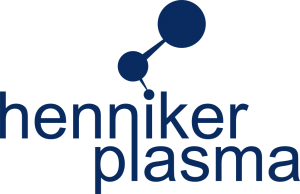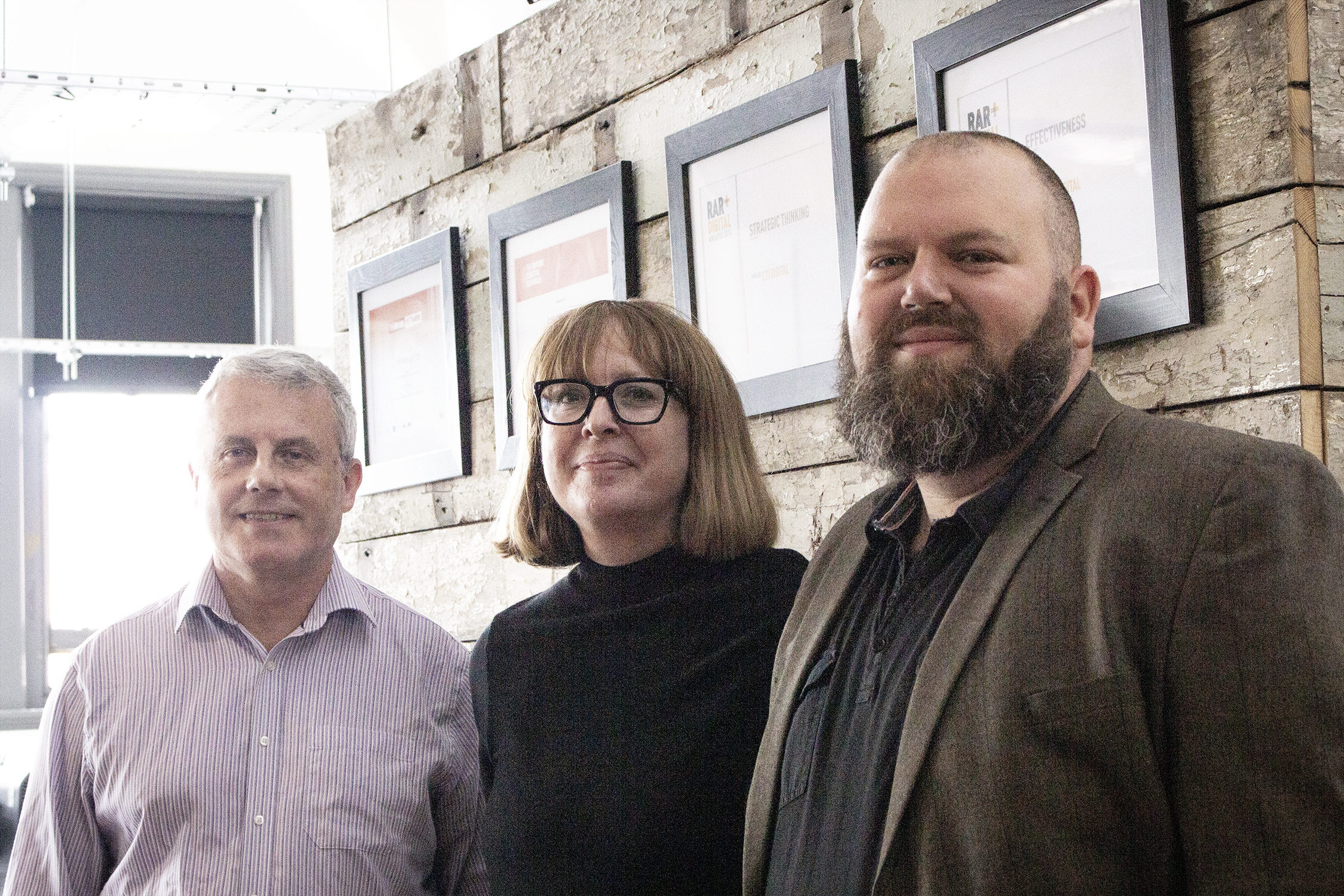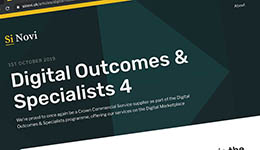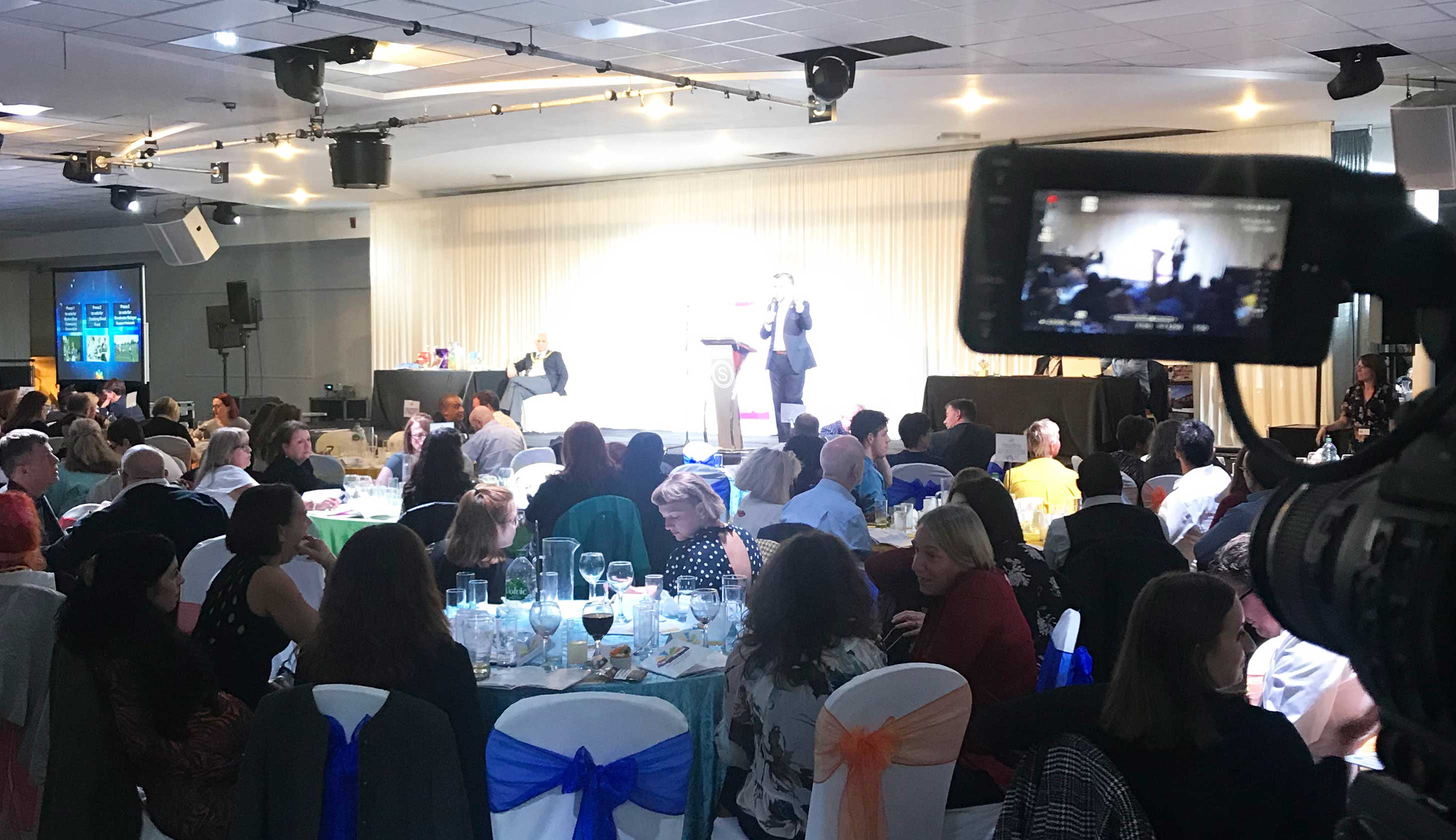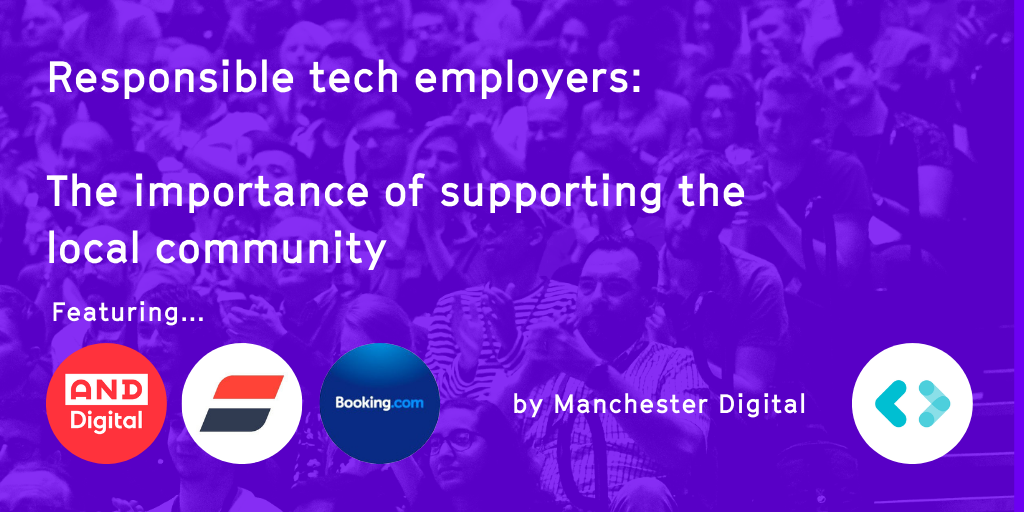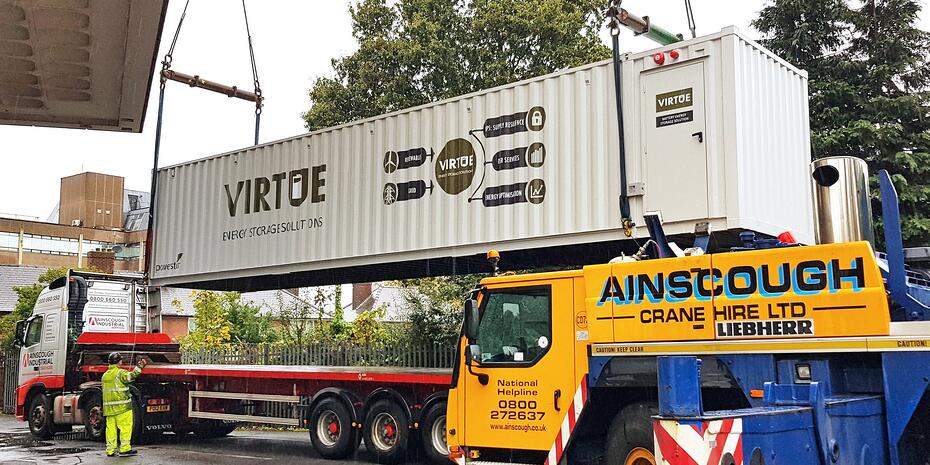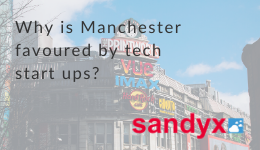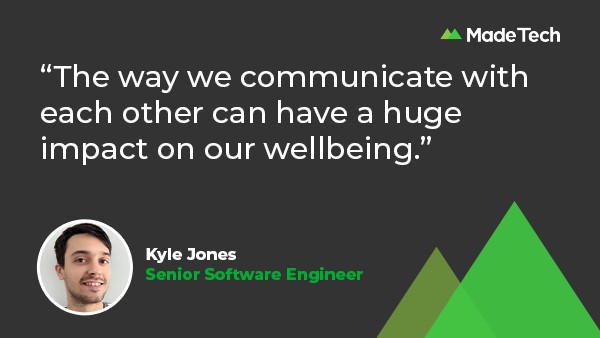
Hybrid working is now the norm. And with that comes a unique set of challenges to create and nurture a culture that truly values diversity, equity and inclusion.
At the centre of building this type of environment is communication. Many of the terms and phrases we use in software engineering (and our everyday lives) can sometimes unintentionally cause offence when used across regions or countries. This type of action can alienate staff, clients or even suppliers. To avoid this and make sure we communicate inclusively there’s several things to keep in mind.
How can we communicate inclusively?
Adjusting the way we write and talk to use more inclusive language is crucial for inclusion in our teams. But it doesn’t stop there, we need to look at the words and phrases we use in our codebase, documentation and how we communicate with each other.
Think about alternative meanings
Without carefully thinking about the phrases we use everyday, we lose a wider understanding of how we make people feel. It’s important to remember that many expressions can have a problematic history or negative connotation for others.
| Non-inclusive language | Suggested alternative |
| We want to lower the bar for applicants. | We want to make the process more accessible for all applicants. |
| We should arrange a mobbing session to fix this bug. | Let’s arrange a collaborative session with the whole team to fix this bug. |
| Add it to the whitelist. | Add it to the allow list. |
| One of the black box tests failed. | One of the functional tests failed. |
Avoid using metaphors
Metaphors are a way of comparing one thing to another through symbolism. The type of metaphors we use most often in software engineering are known as dead metaphors.
Dead metaphors are when a phrase has become so common that the symbolism has faded away. The problem with this type of phrase is that the remaining connotations often have undertones that can cause offence.
| Non-inclusive language | Suggested alternative |
| Use the master branch. | Use the main branch. |
| The master process creates multiple slave processes. | The primary process creates multiple secondary processes. |
| Etienne is our Scrum master. | Etienne is our Agile coach. |
Recognise socially-charged phrases
Avoiding socially-charged language is also important and relies on some knowledge of the terms being used. In these examples, the phrases refer to marginalised communities and cultural hierarchies.
| Non-inclusive language | Suggested alternative |
| This is a native feature of Python. | This is a core feature of Python. |
| This is a first-class citizen. | This is a core concept. |
| The codebase needs some housekeeping. | The codebase needs some maintenance. |
Adjust gendered words
Gendered language is when phrases refer to a single or binary gender. This type of communication is one we see most often in our everyday lives. The most common example of this is the misuse of pronouns to describe someone, this is often not done knowingly by most people.
| Non-inclusive language | Suggested alternative |
| Hey guys. | Hey everyone. |
| It’s vulnerable to a man-in-the-middle attack. | It’s vulnerable to a machine-in-the-middle attack. |
| It’s going to take at least 4 man hours. | It’s going to take at least 4 hours of work. |
Avoid ableist phrases
Ableism refers to discrimination against people who live with a disability of any kind. Phrases we consider ableist reference disabilities in a negative way, and so it’s important to recognise when we’re using these so we can shift our language.
| Non-inclusive language | Suggested alternative |
| Let’s do a quick sanity check. | Let’s do a quick check. |
| We’ll put this here as a dummy value. | We’ll put this here as a placeholder value. |
| Sending too many requests could cripple the service. | Sending too many requests could slow the service. |
Replace violent language
Traditionally, software engineering has a lot of phrases that suggest violence. When we use this type of language we normalise violence and detract from the real meaning behind a sentence. However unintentionally this could trigger an emotional response in those who’ve experienced violence in the past.
| Non-inclusive language | Suggested alternative |
| The process is hanging. | The process is unresponsive. |
| I’ll just kill this process. | I’ll just stop this process. |
| When it hits the API. | When it calls the API. |
| We’ll use the Strangler pattern. | We’ll use the Strangler Fig pattern. |
A community of learning
Both formal and informal learning sessions are a great way to help people improve their skills and inclusive communication is no different. A short presentation explaining what inclusive and non-inclusive language looks like can help people be more mindful while encouraging discussion.
One type of popular format is known as “Lunch and Learn” sessions, where people come together with their lunch and attend informal learning sessions. This makes sure most members of the team can attend the sessions, which is particularly important when it comes to topics like equity, diversity and inclusion.
Helpful prompts using custom responses in Slack
When trying to change habits around the language we use, it’s easy to forget and slip back to what we’re used to saying or doing. Sometimes a little reminder or push in the right direction can prompt us to be mindful.
To automate this we can add custom responses to our messaging platforms. In Slack, this can be done by adding new responses to the Slackbot in the “Customise your workspace” page.

Creating a mindful environment
The way we communicate with each other can have a huge impact on our wellbeing. A simple action like using the word “placeholder” instead of “dummy” makes very little impact to the speaker, but could make every difference to the person they’re talking to.
So much of our everyday language is metaphorical, with hidden meanings behind the words we say. It’s these seemingly invisible connotations that impact those around us. You’re never aware of a person’s history or personal connections to everyday phrases so it’s important to build good habits now.
If you want to learn more about how we’re working to create an inclusive environment for everyone at Made Tech, read our latest insights on Diversity & Inclusion. We’re always open to hearing your experiences and feedback, if you’d like to talk about anything we’ve mentioned please get in touch.
